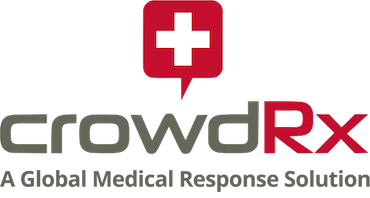
By NATHANAEL MARSAN, MD and MATT S. FRIEDMAN, MD
The year’s major festivals have seen a surge in dangerous MDMA overdoses and a return to LSD.
An unresponsive patient rolls in with the local volunteer EMS squad from a nearby music festival after a witnessed generalized tonic-clonic seizure lasting for approximately two minutes with a postictal period. He is tachycardic, warm to the touch, and has dilated, reactive pupils. His friends report he has no known medical problems and has taken eight tabs of ‘acid’ throughout the day. He is slowly returning to his baseline mental status as per his friends. What workup is necessary for this first time seizure and for how long should the patient be monitored?
This decade has brought a notable increase in music festival related deaths. The rising mortality rate may be attributed to increasing popularity of recreational ‘club drugs’; potentially impure compounds composed of cheaper, easier to obtain, synthetic substances with narrower therapeutic indexes and wider toxic windows. Resource management and medical care at certain mass gatherings have responded to the changing needs; advanced, intensive, on-site medical therapies and monitoring are becoming common place to offer emergent treatment promptly and to avoid overburdening local healthcare resources.
Mass gathering medicine (MGM) is a young and rapidly evolving medical discipline that integrates aspects of emergency medicine, disaster medicine, and public health. The standard of care is shifting from first aid coverage to more comprehensive, multidisciplinary medical teams on-site. To mitigate increasing morbidity and mortality, on-site medical staff often includes paramedics, nurses, physicians, and other staff such as drug awareness and sexual assault counselors. On-site medical teams offer similar capabilities and medications as those available in the emergency department
Read the full article in EP Monthly here!

